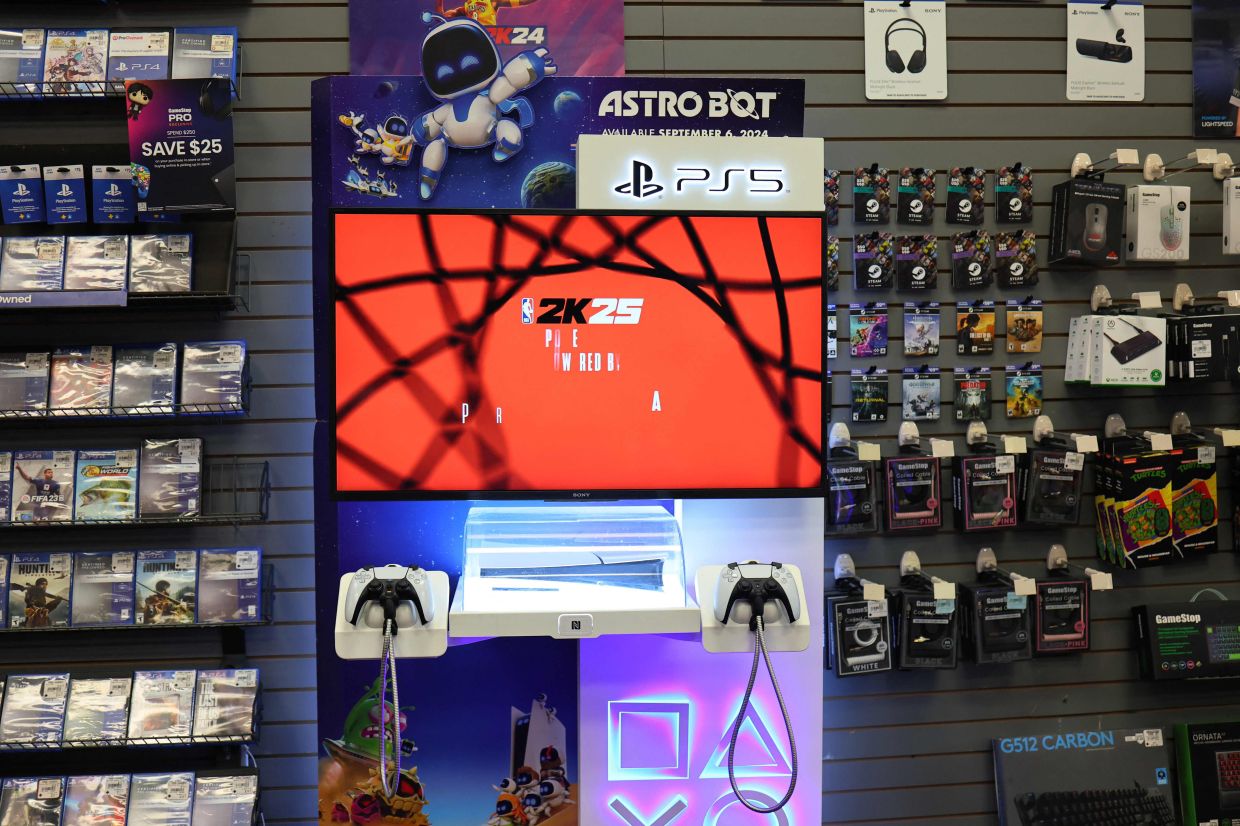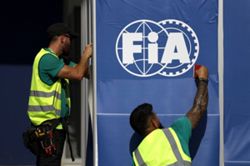
Food rarely looks as good on a photo as it does on the plate. Photographers say you need to do three things to make a dish look delicious: have fun with food, have fun with photography and have fun with arranging. — Photo: gpointstudio/Westend61/dpa
BERLIN: Drops of water are pearling on the lettuce leaves. The viewer's mouth waters even though it's just a photo.
Skilled food photography perfectly captures food and eating, whether as a social media post or simply a beautiful memory. But well-crafted food photos take practice.
Save 30% and win Bosch appliances! More Info











































